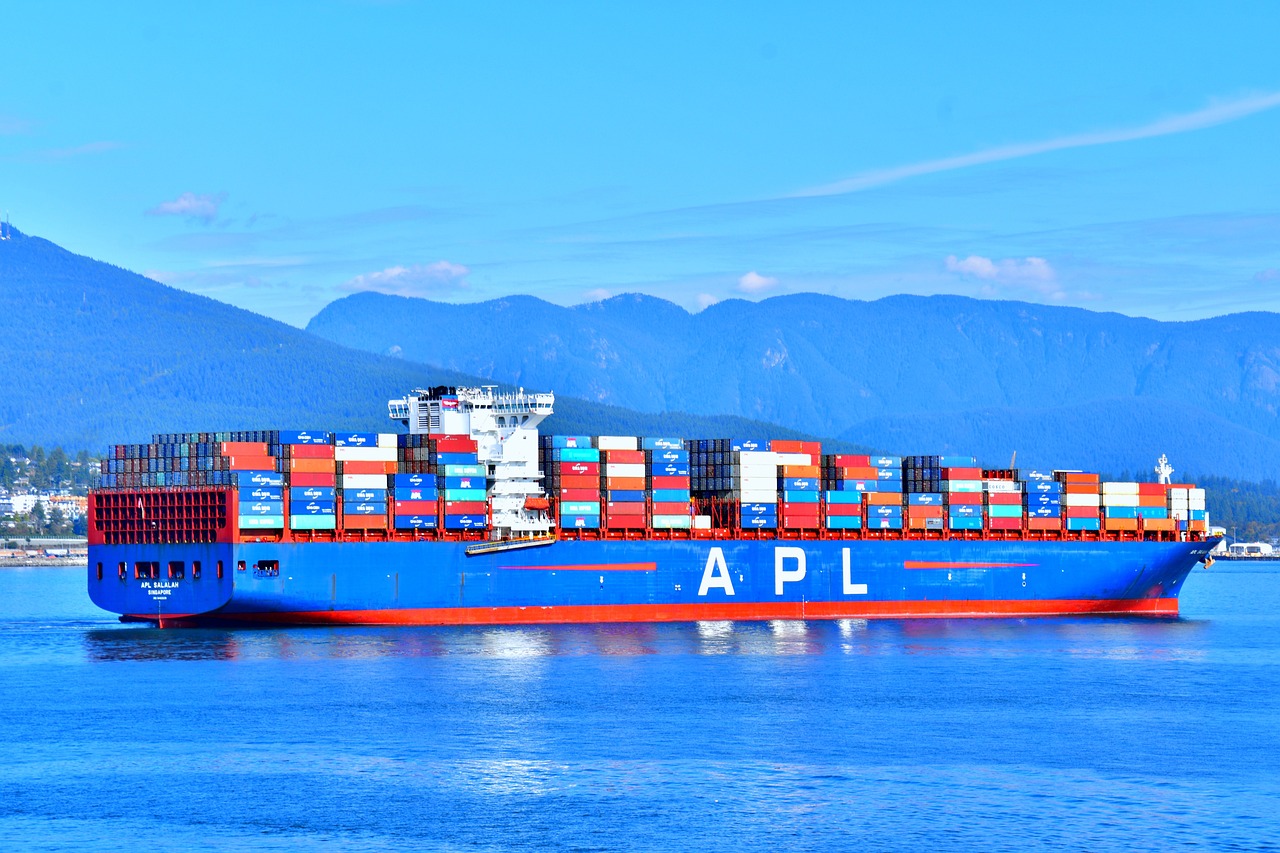Grégoire Verdeaux, March 2025
The return of Donald Trump to the White House has triggered concerns over global trade, especially due to new U.S. tariffs.
But focusing solely on these would be misleading: deeper structural shifts are at play. Governments worldwide have reinforced controls on cross-border flows of goods, services, and capital—a trend intensified by the pandemic and not reversed since. We’re entering a « productionnist » era, where states prioritize domestic manufacturing over global supply chains, without entirely rejecting competition.
The WTO has lost influence, giving way to fragmented bilateral and regional trade deals. Industrial policy is making a comeback, with governments steering investment, favoring local production, and reshaping sectors like biotech and automotive.
Meanwhile, compliance with national standards—not just tariffs—now dictates market access. The U.S. dollar’s dominance is increasingly questioned, as sanctions proliferate and rival currencies gain traction.
In this unstable landscape, companies must rethink risk, reduce U.S.-China exposure, and diversify currency strategies.
Global trade isn’t collapsing, but it’s becoming more politicized, fragmented, and unpredictable.


